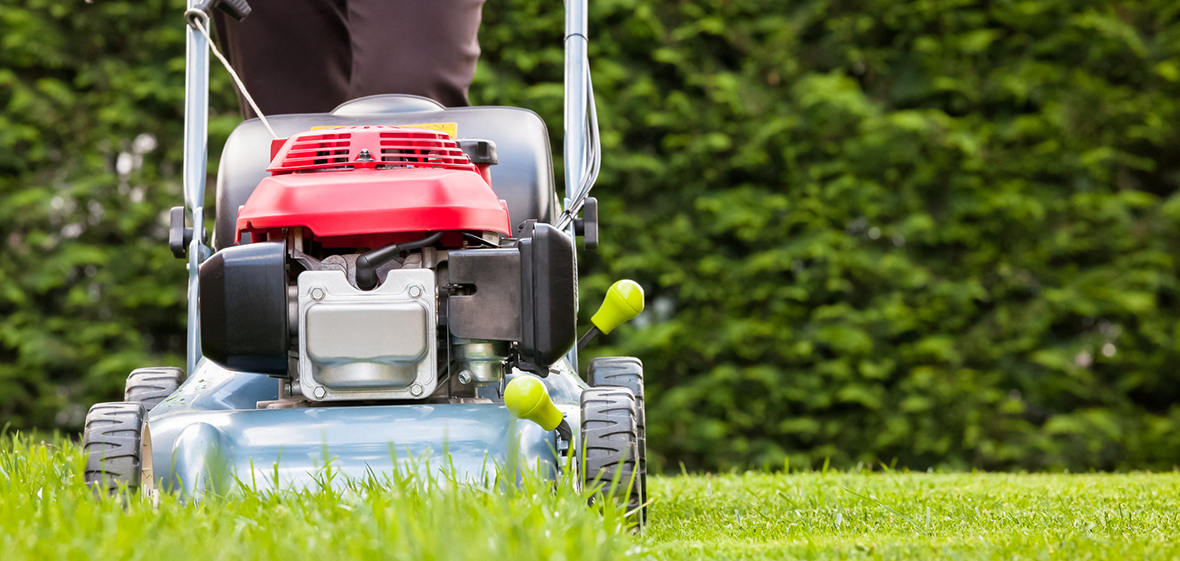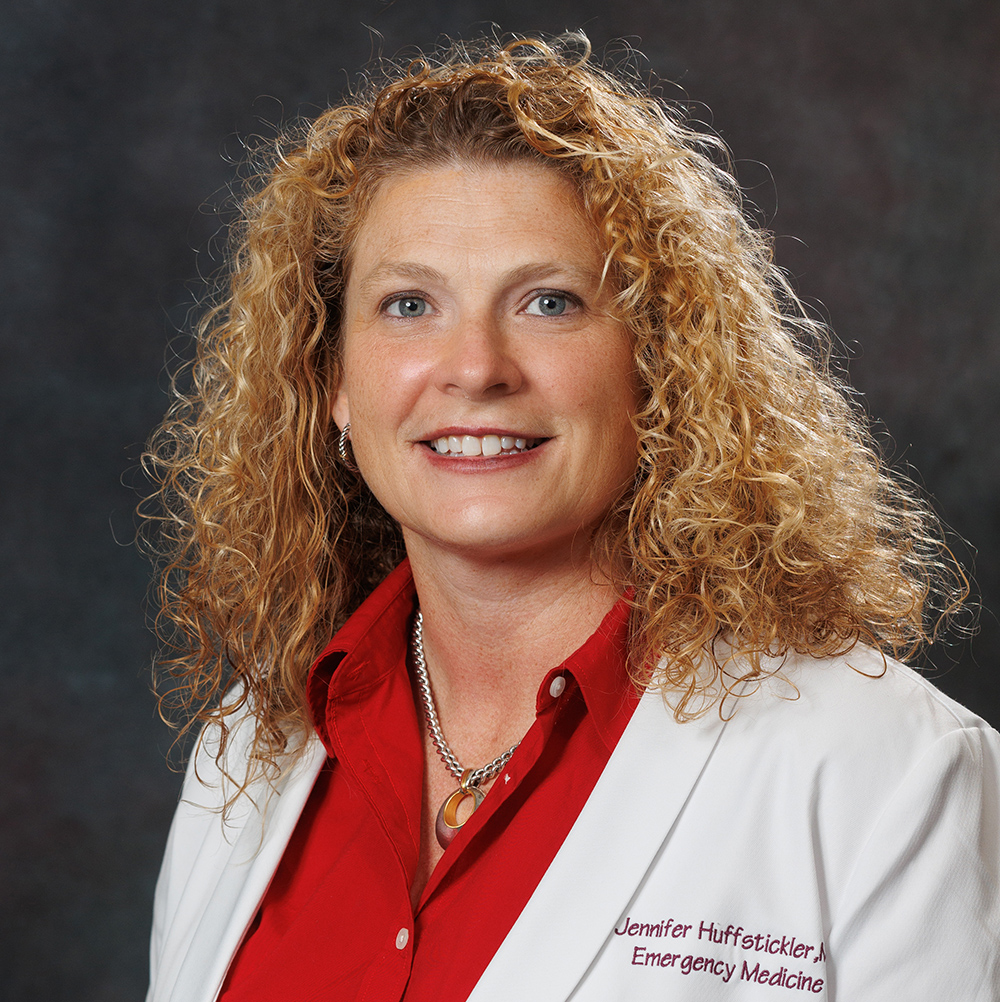
There’s nothing quite like spending a warm, sunny day tending to your lawn or garden. Between planting flowers, mowing the grass or trimming the bushes you’re likely to use a wide array of tools and interact with native plants and animals. Accidents and emergencies happen, but it’s important to be prepared for when they do.
The first moments after an injury are crucial, but where should you go for help? Sometimes it’s difficult to know the severity of an injury and if you should care for it at home, visit the nearest urgent care or take a trip to the closest emergency room.
Emergency rooms cater to illnesses and diseases that are life-threatening. For example, if you are stung by a bee and begin to go into anaphylactic shock, you should go to the emergency room immediately. If you experience minor swelling and discomfort after a sting, urgent care or home remedies can do the trick.
Managing Lacerations
The most common injuries associated with yard work are hand, foot or finger lacerations. If you develop a cut, the severity greatly determines your next step. If you are experiencing any of the following, you should visit an emergency room:
- Loss of sensation or movement in the cut area
- The cut is very deep, long or gaping
- Continued bleeding, even after direct pressure is applied
- The cut is in a sensitive area, like the face, genitalia or on a joint
- The cut occurred from a bite or involved a foreign object, especially if pieces are lodged in the wound
- A body part has become detached
If your wound is shallow, has smooth edges and stops bleeding at a normal speed, you may not need stitches or advanced medical attention. Our UofL Health – Urgent Care Plus locations can provide stitches in the event of a non-life-threatening cut that cannot be easily restored with a bandage and healing ointment.
The most detrimental injuries associated with lawn care are “back over” injuries, which happen when a large mower is moving backward with the blades engaged. Small children or animals may be behind the mower, without the driver’s knowledge, and can be run over by the blades. This sort of contact with a large mower can cause life-threatening amputations, lacerations or internal damage. In this scenario, immediately take the injured child or person to an emergency room.
Impalements frequently occur when yard debris, such as rocks or sticks, are hit by mower blades and become projectile objects. If there is a foreign object lodged into your skin, seek immediate emergency care. If the object hits you but does not stay lodged, use your best discretion based on the depth and cleanliness of the wound to decide between urgent care or an emergency room.
Managing Falls
In the event of a fall, you’ll need to do a quick self-assessment to determine the severity and location of your injuries. Minor sprains, strains or fractures can be safely treated by your primary care provider or at an urgent care location, in addition to very mild head injuries. However, moderate to severe brain injuries, like a concussion, may require more advanced testing that can only be done in an emergency room.
You should visit an emergency room if you experience the following after a fall:
- A broken bone with skin disruption, meaning the bone has punctured the skin
- Visible difference in stature or condition (i.e., your foot turned outwards)
- Loss of consciousness or disorientation
- Suffered the injury at a high speed (i.e., falling off a ladder)
If your non-life-threatening injury can be easily treated with rest, an ice pack or over-the-counter medication, enjoy the comfort of your own home. If the injury persists and does not appear to get better, the next step is visiting an urgent care. Checking in with yourself and communicating your needs is key, but help is available if you need it.
Managing Burns
Burns are a common injury associated with lawn and mowing equipment. Motors may become very hot while in use and can significantly damage the skin upon contact. If your burn is deep, immediately blistering, located on a joint or circumferential (when the burn wraps around the entire appendage) seek immediate emergency care.
Severe burns can cause lasting damage if not given proper care. In circumferential cases, if swelling is not monitored, circulation issues arise.
Sunburns are easily preventable with proper sunscreen usage. When out in the sun, be sure to apply sunscreen every two hours, or every 90 minutes if sweating or swimming. You are still at risk for sun damage even if you’re not in direct sunlight, but are most at risk during the peak UV hours of 10 a.m. to 2 p.m.
Just like regular burns, sunburns have different levels of severity. If your sunburn is accompanied by a headache, fainting, vomiting or a high fever, you may have sun poisoning or heat stroke and should visit the emergency room immediately.
If your sunburn covers a large portion of your body with blisters, but you have no other symptoms, an urgent care will be able to treat your symptoms.
UofL Health – UofL Hospital is home to Kentucky’s only certified burn center, capable of treating burns of any severity or cause.
Preventative Measures
To keep yourself and your loved ones healthy this summer, here are a few helpful safety tips:
- Do not allow animals or children under the age of six outside when mowing. Animals and children may not be heard over the loud sounds of a motor and can quickly be in the path of dangerous blades.
- Do not attempt to touch, unclog or clean your blades unless the tool or power is completely powered off. Many injuries happen when we think we can “quickly” grab a lodged stick or grass out of the blades. Tend to your equipment once it has settled and cooled off.
- Clear your yard of any debris before starting yard work. This will prevent any projectile objects from taking flight and lower risk of falls.
- Stay hydrated to prevent risk of dehydration and falling. Two to four cups of water an hour are recommended during peak temperatures.
If you experience an injury while working outside this summer, visit on of our Urgent Care Plus locations or one of our seven conveniently located UofL Health – Emergency Departments in the event of an emergency.









